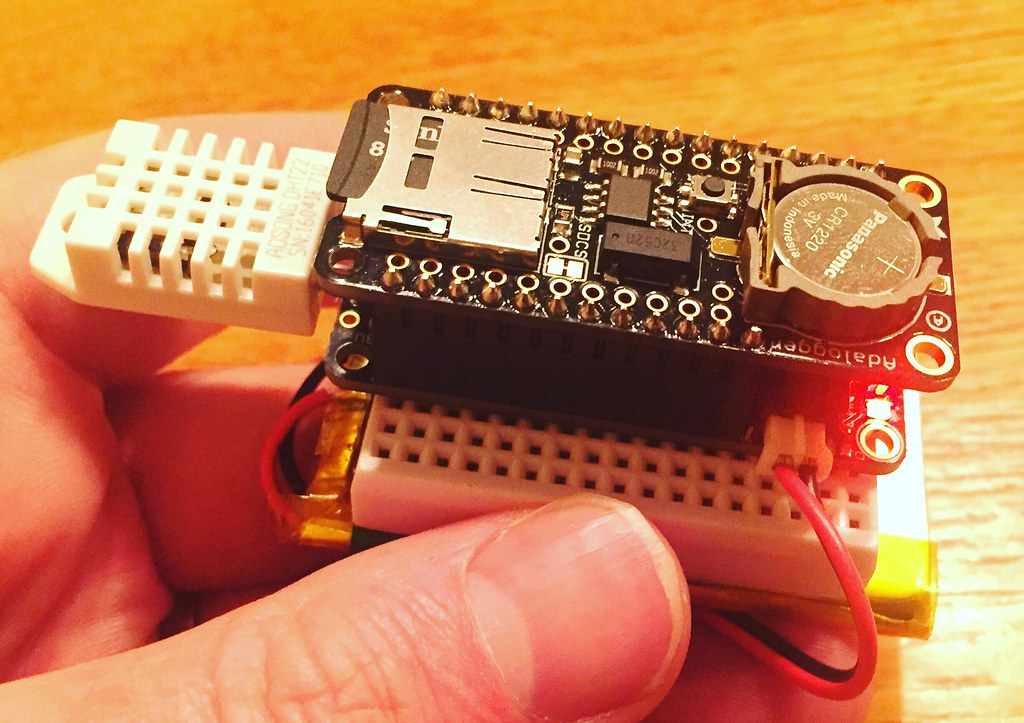At-home pulse oximeters, those fingertip devices doctors use to measure the oxygen saturation in your blood, have been selling out everywhere thanks to the Covid-19 pandemic.
But as my Quartz colleague Amirta Khalid points out in this great article, most people don't need 'em. If your oxygen level is worryingly low, you'll know — you don't need a machine to tell you. Folks with some existing conditions, however, can use a pulse oximeter to help a remote doctor monitor their vitals or to adjust supplementary oxygen devices.
When Khalid mentioned she was working the story, it reminded me of the DIY "pulse ox" sensor Sparkfun sells. It, like other pulse oximeters, shines light into the skin and makes measurements based on how that light is absorbed. I've built heartbeat-driven projects before and had been exploring new ways to monitor pulse rates. So I got one.
Sparkfun warns in red letters that "this device is not intended to diagnose or treat any conditions," and I offer the same caution if you're tempted to build one. The process wasn't hard at all. I got it running quickly ... and then added an LED display for fun and flourish.
Here's how I made it, and the code, too.
Read more »










